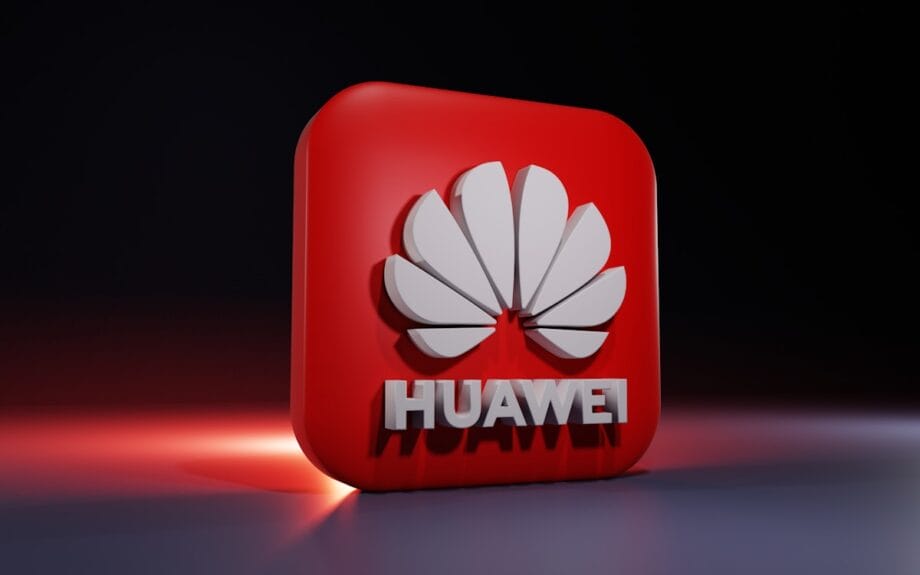In a strategic manoeuvre aimed at overcoming escalating US semiconductor restrictions, Huawei Technologies has unveiled Flex: ai, an innovative open-source software platform engineered to optimise the capabilities of existing artificial intelligence hardware.
Confronted with stringent limitations on access to advanced lithography and Nvidia’s premier GPUs, Huawei is recalibrating its approach: when chip production is restricted, enhancing the intelligence of available chips becomes imperative.
Key Facts & Quick Take
- The Event: On Friday, November 21, 2025, during an event at its Shanghai R&D facility, Huawei introduced Flex: ai, a cluster management system utilising Kubernetes.
- The Problem: US export controls have curtailed Huawei’s capacity to mass-produce its advanced Ascend 910C chips, leading to a supply deficit for Chinese AI enterprises.
- The Solution: Flex: ai aims to enhance AI computing efficiency by 30% through “heterogeneous computing,” facilitating seamless collaboration among varied chip types.
- The Roadmap: The launch precedes the full open-source release of the CANN (Compute Architecture for Neural Networks) toolkit, set for December 31, 2025.
- The Stake: This initiative represents a direct challenge to Nvidia’s “CUDA moat,” seeking to establish an autonomous Chinese AI ecosystem that is no longer reliant on American software frameworks.
Hardware Famine in China
To grasp the importance of Flex: ai, one must recognise the predicament confronting China’s AI sector. Since late 2023, the US Department of Commerce has progressively intensified export controls, prohibiting the sale of Nvidia’s H100, H200, and Blackwell series GPUs to China.
Although Huawei has developed its own Ascend 910B and the more recent 910C, manufacturing these chips poses significant challenges. The lack of access to ASML’s extreme ultraviolet (EUV) lithography machines results in reduced yields and protracted production timelines.
Industry data from TrendForce suggests that the demand for AI training chips within China for 2025 is projected to approach 800,000 units. Nevertheless, due to production bottlenecks, Huawei is anticipated to provide only 200,000 to 250,000 of its high-end units.
“The hardware gap is palpable,” asserts Dr Li Wei, a semiconductor analyst based in Beijing. “Huawei cannot physically produce chips quickly enough to meet demand. Their sole recourse is to enhance the software layer’s efficiency, allowing one chip to perform like 1.3 chips. That is the essence of Flex: a i.”
Deep Dive: What is ‘Flex: ai’ and How Does It Work?
During the launch event, Zhou Yuefeng, Vice President of Huawei’s Data Storage Product Line, characterised the current AI training landscape as “inefficient silos.”
In conventional configurations, if an AI model training task necessitates 80% of a GPU’s capacity, the remaining 20% goes to waste. Moreover, when a data centre comprises a mix of ageing Nvidia V100S and new Huawei Ascend 910s, they often struggle to collaborate on the same task due to software incompatibilities.
Flex: AI solves this via three mechanisms:
1. Intelligent Slicing (Virtualisation)
The software can “slice” a single physical GPU/NPU into multiple virtual units. This feature is critical for inference tasks (executing the AI), which demand less power than training.
- Impact: A single Ascend 910C can now manage 4 to 8 separate, smaller workloads simultaneously, rather than being occupied by a single task.
2. Heterogeneous Computing
This represents the platform’s defining feature. Flex: AI supports a variety of architectures, enabling a data centre to integrate resources from Huawei’s NPUs, older Nvidia GPUs, and potentially other Chinese chips (such as those from Cambricon) into a singular “super-computer.”
3. The ‘Hi Scheduler’
This algorithm forecasts traffic surges and reallocates computing power instantaneously.
The “CANN” vs. “CUDA” War: The Ecosystem Battle
Hardware is ineffectual without software. Nvidia’s trillion-dollar supremacy derives from CUDA, a proprietary software layer that developers favour for its maturity and ease of use. For years, Huawei’s alternative, CANN, faced critiques for being erratic and complex.
By transitioning to an open-source model, Huawei acknowledges that it cannot refine CANN in isolation.
Comparison of the Two Ecosystems:
| Feature | Nvidia CUDA | Huawei CANN (Open Source) |
| Status | Closed Source (Proprietary) | Open Source (Community Driven) |
| Developer Base | Global Standard (Millions) | Growing (Domestic Focus) |
| Flexibility | High (Optimized for Nvidia) | High (Customizable by users) |
| Objective | Lock-in / Profit | Survival / Rapid Improvement |
“By open-sourcing the code on December 31, Huawei is leveraging crowd-sourced R&D,” explains a senior engineer from a Shenzhen-based AI lab who preferred to remain unnamed.
“If a developer at ByteDance identifies a flaw in the driver, they can now rectify it independently rather than awaiting a three-month patch from Huawei. This accelerates the maturation of the ecosystem exponentially.”
Industry Reaction: Are the Giants Buying In?
The triumph of this initiative hinges on adoption by China’s “Big Four”: Baidu, Alibaba, Tencent, and ByteDance (BATB).

- Baidu: Has emerged as the most proactive adopter, procuring 1,600 Ascend 910B chips for 200 servers late last year. They are likely to serve as the primary testbed for Flex: ai.
- ByteDance: Reports suggest that TikTok’s parent company is testing Huawei chips for less intensive tasks, yet it continues to rely on stored Nvidia chips for training its substantial LLMs (Large Language Models).
- The Hesitation: Transitioning presents challenges. Rewriting code from CUDA to CANN is labour-intensive. However, Flex: ai’s compatibility features are engineered to function as a bridge, minimising the “switching costs.”
What to Watch Next
As we approach 2026, three pivotal milestones will dictate the success of this strategy:
- The Dec 31 Open-Source Drop: The calibre of the code released at year’s end will face scrutiny. If the documentation is lacking or the code is poorly constructed, developers are likely to reject it.
- The 30% Claim Verification: Independent assessments are essential. Will Flex: AI genuinely deliver a 30% efficiency enhancement on non-Huawei hardware, or is it optimised solely for Ascend chips?
- US Response: Will Washington extend the Entity List to encompass open-source software repositories (such as GitHub) or exert pressure on cloud providers to restrict Chinese access to software tools?
Conclusion
Huawei’s launch of Flex: AI transcends a mere product introduction; it is a strategy for survival within the Chinese tech landscape. By shifting the battle from hardware, where they are at a disadvantage, to open-source software—where they enjoy a vast reservoir of talent—Huawei seeks to redefine the operational dynamics.
While they may not achieve parity with Nvidia’s raw power by 2025, they are cultivating a “Good Enough” ecosystem that is resilient against sanctions. As Zhou Yuefeng articulated at the launch, “The future of computing is not solely contingent upon the most potent chip, but rather the most intelligent cluster.”
Source link: Editorialge.com.






